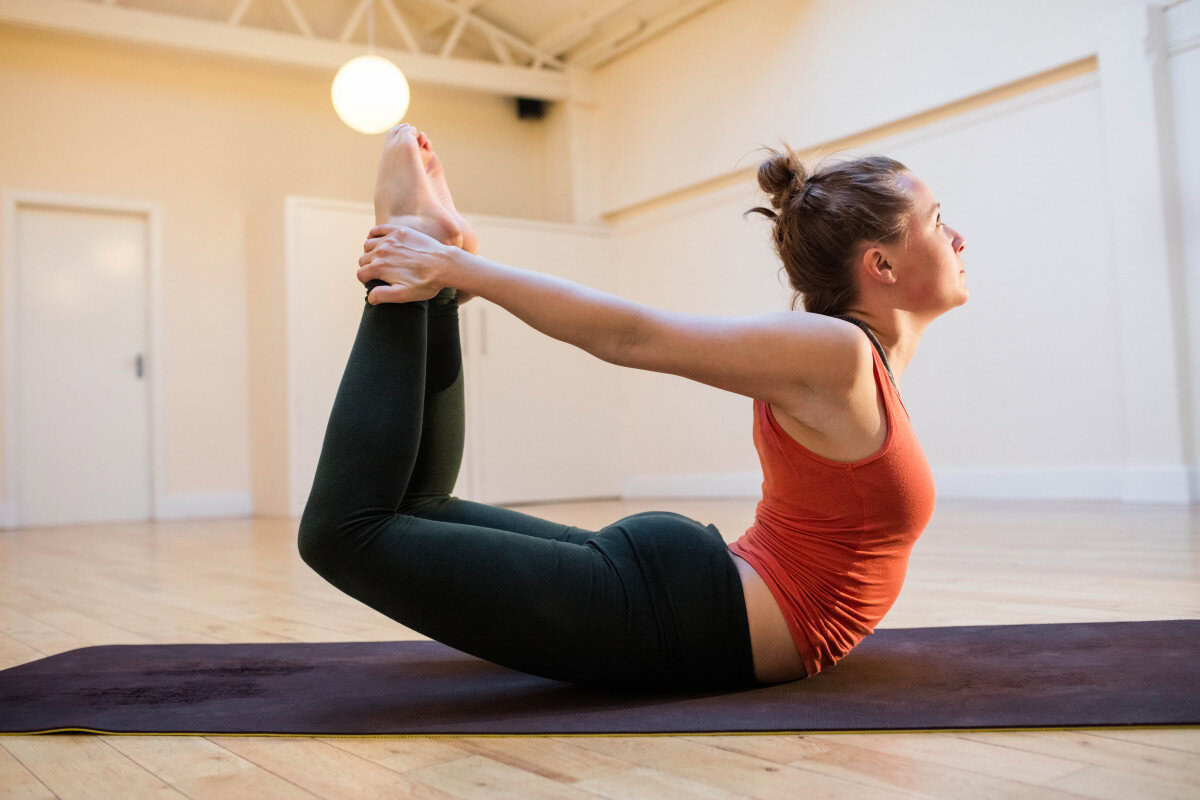Introduction
In the hustle and bustle of daily life, finding moments of mindfulness and relaxation can be challenging. Pilates, a practice that emphasizes controlled movements and core strength, offers an excellent opportunity to integrate mindfulness through breathing techniques. By incorporating mindful breathing into your Pilates practice, you can enhance your physical performance, improve mental clarity, and foster a deeper connection between mind and body. In this article, we’ll explore the importance of mindful movement and how to effectively incorporate breathing techniques into your Pilates routine.
- The Role of Breathing in Pilates: Breathing is a fundamental aspect of Pilates, providing the foundation for every movement and exercise. Joseph Pilates, the founder of the Pilates method, emphasized the importance of full, deep breathing to oxygenate the blood and improve circulation. Proper breathing techniques help activate the core muscles, support spinal alignment, and facilitate smooth, controlled movements. By focusing on your breath, you can enhance the effectiveness of your Pilates practice and achieve a greater sense of mindfulness and presence.
- Benefits of Mindful Breathing in Pilates: Incorporating mindful breathing into your Pilates practice offers numerous physical and mental benefits. Physically, mindful breathing helps engage and stabilize the core muscles, improve posture, and increase overall body awareness. Mentally, focusing on your breath can reduce stress, anxiety, and mental distractions, allowing you to stay present and fully immersed in your practice. By harmonizing breath and movement, you can create a more fluid and efficient Pilates practice that enhances both physical and mental well-being.
- Basic Breathing Techniques in Pilates: Several key breathing techniques are commonly used in Pilates to support mindful movement:
- Lateral Breathing: This technique involves expanding the ribcage laterally (to the sides) and posteriorly (towards the back) while keeping the abdominals engaged. Inhale deeply through the nose, allowing the ribs to expand outward, and exhale through the mouth, drawing the ribs inward and engaging the core.
- Diaphragmatic Breathing: Also known as belly breathing, this technique focuses on deep breaths that fully engage the diaphragm. Inhale deeply through the nose, allowing the abdomen to rise, and exhale through the mouth, letting the abdomen fall. This type of breathing helps relax the body and calm the mind.
- Pursed-Lip Breathing: This technique involves inhaling deeply through the nose and exhaling slowly through pursed lips, as if blowing out a candle. Pursed-lip breathing can help control the breath and maintain a steady rhythm during challenging exercises.
- Incorporating Breathing Techniques into Your Practice: To effectively incorporate breathing techniques into your Pilates practice, follow these steps:
- Begin with Breath Awareness: Start each Pilates session with a few minutes of breath awareness. Sit or lie comfortably, close your eyes, and focus on your natural breath. Notice the rise and fall of your chest and abdomen, and observe any tension or tightness in your body.
- Integrate Breath with Movement: As you move through your Pilates exercises, synchronize your breath with your movements. Inhale to prepare for a movement and exhale to execute it. For example, inhale as you extend your arms overhead and exhale as you return them to your sides. This coordination helps create a smooth and controlled flow of movement.
- Maintain Consistent Breathing Patterns: Consistency is key to effective breathing in Pilates. Aim to maintain steady and even breathing patterns throughout your practice. Avoid holding your breath or allowing your breath to become shallow or erratic, especially during challenging exercises.
- Use Breath to Enhance Core Engagement: Use your breath to support core engagement and stability. On each exhale, focus on drawing your navel towards your spine and engaging your deep abdominal muscles. This technique helps stabilize your core and protect your lower back during exercises.
- Advanced Breathing Techniques: As you become more comfortable with basic breathing techniques, you can explore advanced techniques to further enhance your Pilates practice:
- Four-Part Breathing: Also known as square breathing, this technique involves inhaling for a count of four, holding the breath for a count of four, exhaling for a count of four, and holding the breath out for a count of four. This method promotes deep relaxation and focus.
- Breath and Movement Coordination: Challenge yourself by coordinating complex movement patterns with your breath. For example, inhale as you prepare for a Pilates roll-up, exhale as you curl up to a seated position, inhale as you reach forward, and exhale as you roll back down.
Conclusion
Mindful movement and breathing techniques are integral to a successful and fulfilling Pilates practice. By incorporating mindful breathing into your routine, you can enhance your physical performance, improve mental clarity, and foster a deeper connection between mind and body. Whether you’re a beginner or an experienced practitioner, focusing on your breath can elevate your Pilates practice and contribute to overall well-being. Embrace the art of mindful movement and discover the transformative power of breath in your Pilates journey.
Discover more from Pilates All Ages
Subscribe to get the latest posts sent to your email.
